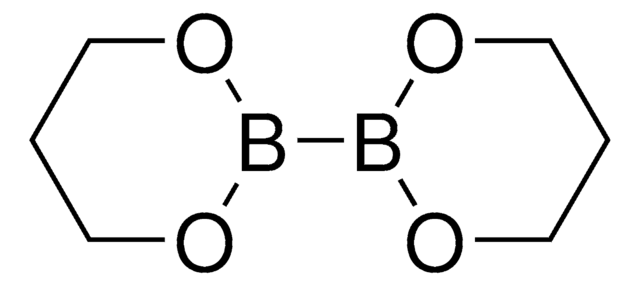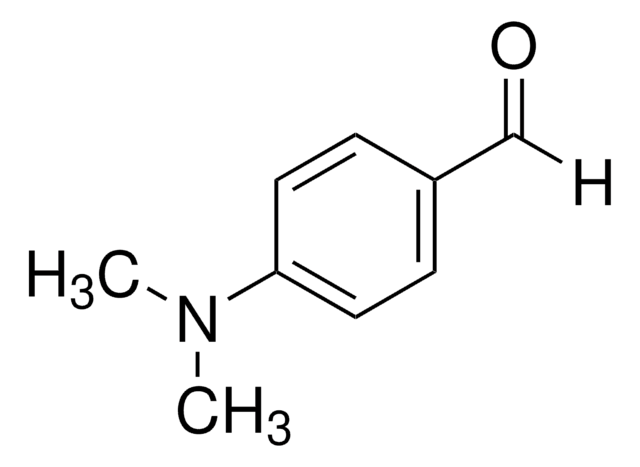80353
TDA Reagent
suitable for microbiology
Sinônimo(s):
Iron(III) chloride solution, Tryptophan Deaminase Reagent, Ferric chloride solution
About This Item
Produtos recomendados
Agency
according to ISO 10273:2017
Nível de qualidade
linha de produto
BioChemika
forma
liquid
prazo de validade
limited shelf life, expiry date on the label
composição
ferric chloride, 1 g/10 mL (in distilled water)
técnica(s)
microbe id | specific enzyme detection: suitable
aplicação(ões)
clinical testing
food and beverages
microbiology
adequação
Proteus spp.
cadeia de caracteres SMILES
Cl[Fe](Cl)Cl
InChI
1S/3ClH.Fe/h3*1H;/q;;;+3/p-3
chave InChI
RBTARNINKXHZNM-UHFFFAOYSA-K
Procurando produtos similares? Visita Guia de comparação de produtos
Aplicação
Palavra indicadora
Danger
Frases de perigo
Declarações de precaução
Classificações de perigo
Aquatic Chronic 2 - Eye Dam. 1 - Met. Corr. 1 - Skin Irrit. 2
Código de classe de armazenamento
8B - Non-combustible corrosive hazardous materials
Classe de risco de água (WGK)
WGK 1
Ponto de fulgor (°F)
Not applicable
Ponto de fulgor (°C)
Not applicable
Equipamento de proteção individual
Eyeshields, Faceshields, Gloves, type ABEK (EN14387) respirator filter
Escolha uma das versões mais recentes:
Já possui este produto?
Encontre a documentação dos produtos que você adquiriu recentemente na biblioteca de documentos.
Os clientes também visualizaram
Nossa equipe de cientistas tem experiência em todas as áreas de pesquisa, incluindo Life Sciences, ciência de materiais, síntese química, cromatografia, química analítica e muitas outras.
Entre em contato com a assistência técnica










![Tris[2-(2-methoxyethoxy)ethyl]amine 95%](/deepweb/assets/sigmaaldrich/product/structures/266/084/fe6f96ea-6320-4c87-8438-fa06ddcadd83/640/fe6f96ea-6320-4c87-8438-fa06ddcadd83.png)